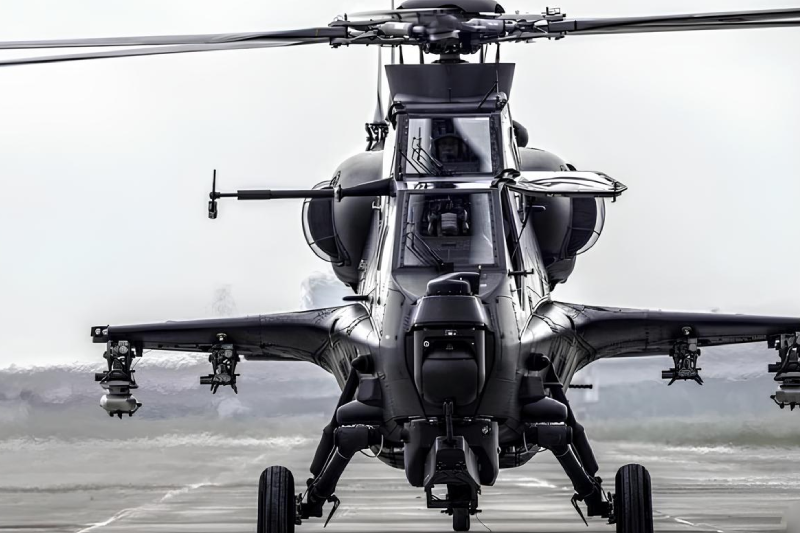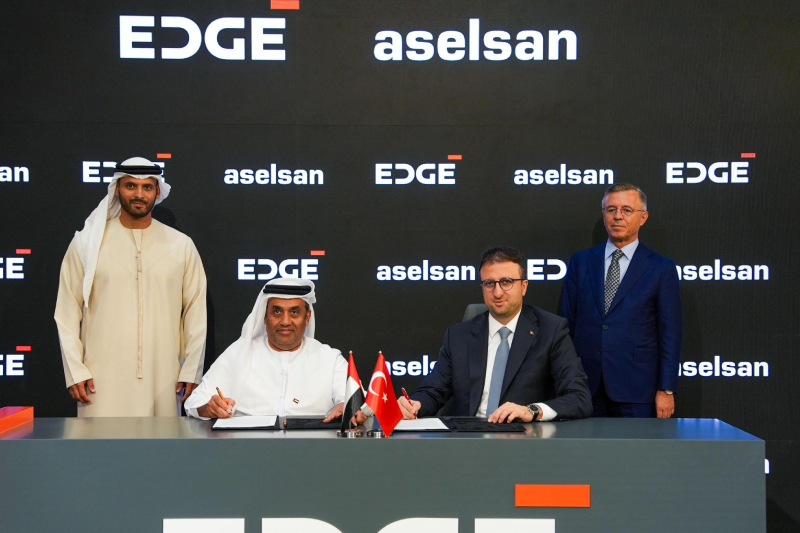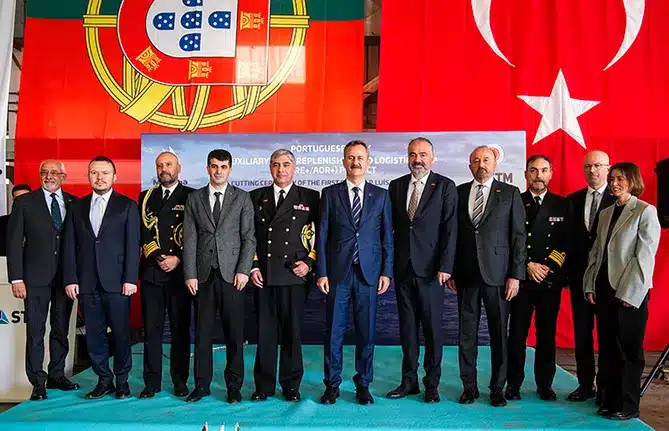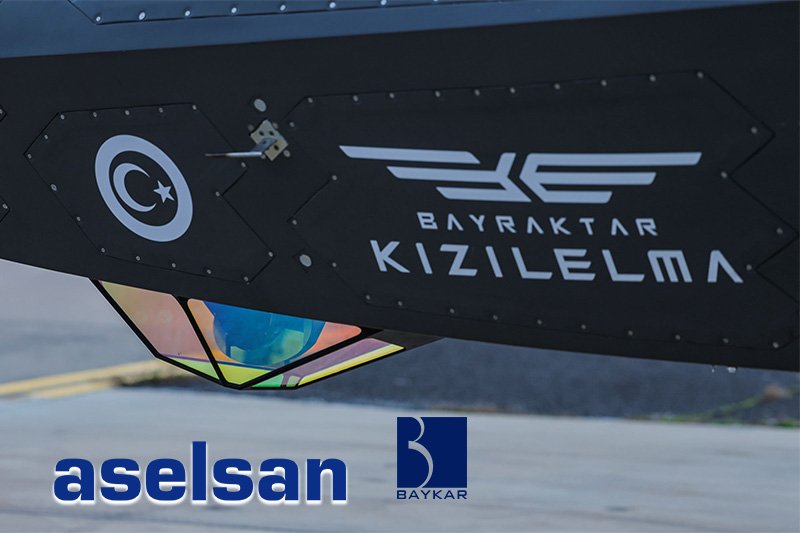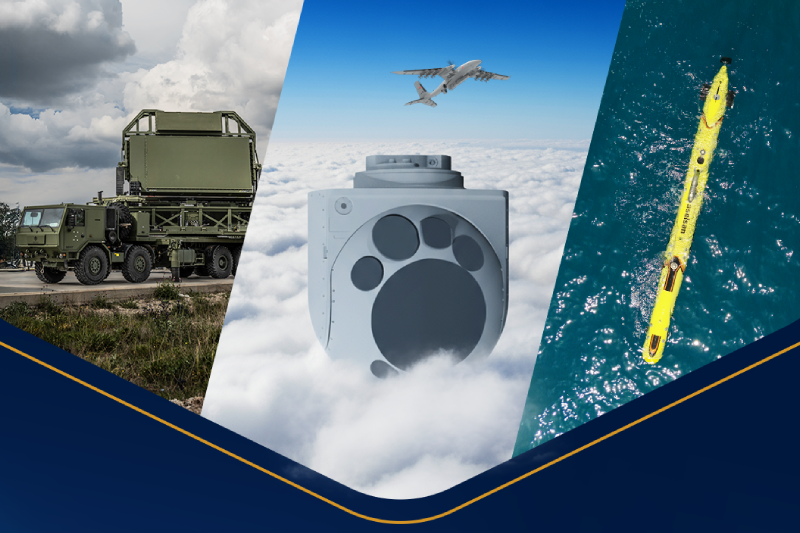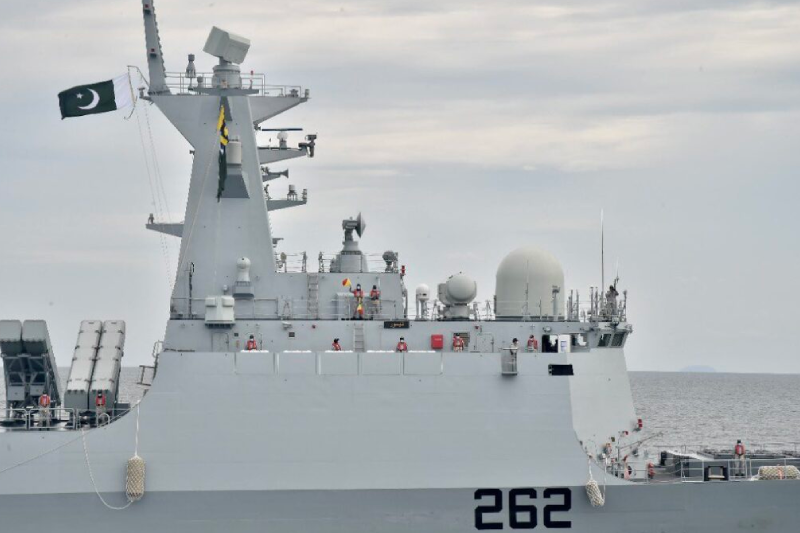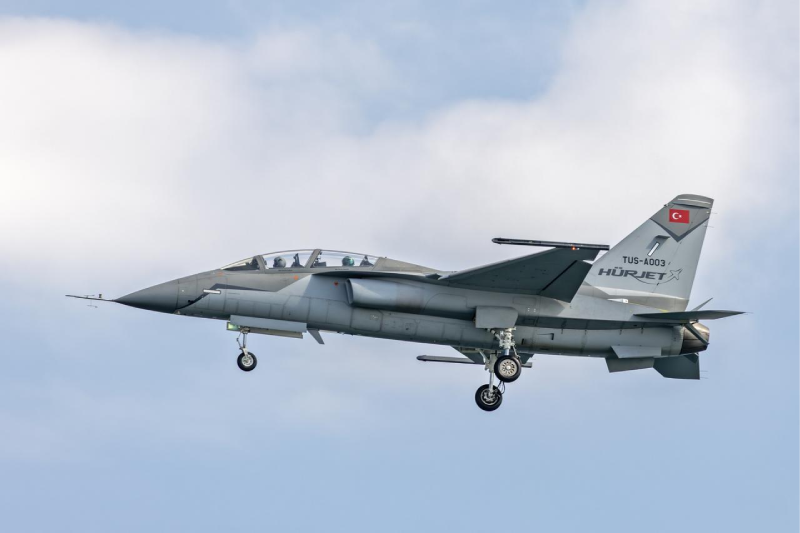Spain Turkey Hurjet Jet Trainers Deal Signed at IDEF
The Spain Turkey Hurjet Jet Trainers Deal marks a breakthrough by Turkish Aerospace Industries (TAI) in the European defense markets, representing Turkey’s first major export of domestically developed supersonic training jets. The strategic cooperation with Airbus will provide Spain with up to 30 Hurjet aircraft, constituting a significant step forward in Turkish defense equipment exports to Europe.
Taking place in the 17th International Defense Industry Fair ( IDEF ) held in Istanbul, the Hrjet Spain contract formalised, making T inika into a competitive entity in the European military market in terms of aviation. The deal reflects increased trust in Turkish aerospace industries, and it signifies the new era of Spain-Turkey defense relations.
Airbus Partnership Fuels European Integration
The Turkish Hurjet supersonic training contract utilizes Airbus’ European presence and network of expertise to ease the integration of the aircraft into the Spanish and greater European inventories. TAI Chief Executive Officer, Mehmet Demiroglu, said that this partnership is not only an export success, but it is also the identification of the aerospace industry in Türkiye with its industrial maturity in terms of technology.
The Hr-jet project with Spain is followed up by the Spain Hr-jet aircraft, to which a memorandum of understanding was signed previously in 2025 between the Spanish Ministry of Defense, TAI, and Airbus. The original accord formed the basis of the present contract and shows the degree of strategic significance that the two countries attach to one another in aspects of bilateral defense.
Deal Structure and Timeline
The Spain Turkey Hurjet Jet Trainers Deal goes beyond the mere purchase of aircraft and includes several key elements. The agreement reflects emerging trends in defense relationships, emphasizing technology transfer, domestic manufacturing, and long-term industrial collaboration
Delivery and Production Schedule
Contract Finalization:
Officials anticipate reaching a formal agreement by the end of 2025, following successful negotiations and technical reviews. The Hr-jet export contract years of intensive negotiations between Turkish representatives, Spanish representatives, and Airbus representatives.
First Deliveries:
Spain will receive the first aeroplanes in 2028, in line with the Spanish Air Force’s modernization roadmap and Turkiye’s plans to increase production output.
Local Assembly:
It is also comprised of an agreement of the local assembly within Spain, with the Spanish aerospace companies allowed to enter directly into the production process. This strategy favours the Spanish industry of defence industry since it will minimize delivery expenses and periods.
Framework of Industrial Cooperation
The Spain Turkey Hurjet Jet Trainers Deal extends beyond aircraft delivery to include broader industrial cooperation. Spanish firms will participate in the production process, contributing to components, systems integration, and maintenance support services.
This model of industrial collaboration is a hallmark of modern defense procurement, which now emphasizes mutual advantage and long-term partnerships over traditional buyer-seller dynamics. The strategy strengthens the aerospace sectors of both nations and establishes a sustainable framework for future cooperation.
Hurjet Aircraft Specifications and Capabilities
The Turkish Hurjet trainer aircraft is an advanced supersonic jet platform of the new generation that will be able to fulfill the present-day training needs of the military. Designed using entirely the infrastructure of Turkish engineering, the aircraft integrates modern training capabilities and light attack mission capabilities in a single aircraft.
Testing and Technical Development
Development time frame:
Huryet program started in July 2017 to replace aging T-38M and NF-5A/B in the Turkish Air Force database. The overall program of development covered the development of new training needs and took into consideration the lessons learned from international best practices.
First Flight Achievement:
The plane has already had a successful maiden flight on April 25, 2023, which is an extremely significant point in the development process of the program. Moreover, this success reflected the ability to incorporate innovative systems and the justification of concepts.
Stress Testing Program:
Interestingly, TAI records that the supersonic abilities of the Hürjet have been stress-tested over 210 flights. In fact, the aircraft has already flown supersonically, which effectively proved the capabilities of its supersonic performance as well as its readiness for operational deployment.
Features of Advanced Training Platform
The Hurjet trainer comes as a two-seat aircraft with updated avionics, flight systems, and training technologies to prepare the pilot to work with leading-edge fighter planes. The most important of them are the training of supersonic flights, the integration of modern weapons, and modern cockpits mirroring the environments of modern fighters.
The multipurpose capabilities of the aircraft enable it to conduct training and carry out light attacks, thereby giving it flexibility in operation, which increases its utility to international market clients. In turn, such versatility will render the Hürjet military trainer suitable for many air force needs and mission profiles to meet
European Defense Strategic Implications
The purchase of the Spanish Huerjet is not a mere decision to purchase an aircraft but a pointer to changes in the pattern of European defense cooperation and awareness of the capabilities of Turkish aerospace. Such cooperation sets a precedent that will be applied to NATO defense going forward and shows the emerging accommodations to non-traditional suppliers in the European markets.
European Entry General Strategy
The effective market introduction of Hurjet in Europe through the use of Spain gives TAI a strategic position in European markets. The use of the aircraft in Spanish operations will come in handy, generating good performance data as well as testimonials by the Spanish users, which can help in future sales campaigns in Europe.
The agreement with Airbus helps to get more credibility along with market access benefits based on established relations and technical know-how of the European aerospace giant. This kind of collaboration station shows that a Turkish firm can even excel in the competitive environments in Europe by collaborating with another firm.
Advantages of interoperability in NATO
The interoperability of the Turkey-Spain defense partnership also strengthens the practices of the NATO operations through the harmonization of training platforms and processes by the member countries. The presence of the Spanish pilots who train on Hrjjet airplanes will be more equipped for multinational operations and activities, enhancing alliance strength.
Such interoperability is also applicable in maintenance, logistics, and operational procedures, which makes the whole process have efficient, which is helpful to both the countries as well as to NATO as a whole. Hurjet NATO Integration Capability puts the airplane at the center of alliance-wide standardization of training.
Future Market Export and Market Expansion
The positive outcome of the Spain-Turkey Hurjet deal will serve as the basis for further development of international sales and collaboration. TAI officials feel confident that the use of the aircraft in Spain is likely to show the aircraft to other prospective customers in Europe.
Potential market opportunities
There are a number of factors that, collectively, set the Turkish Hürjet export program in the right direction in its pursuit of success in the international market. First and foremost, cheap prices, combined with superior features and performance of the aircraft, provide strong value propositions to air forces. As a result, those looking to access modern training solutions may find the Hürjet an attractive option.
The cooperation model developed with Spain and Airbus can give an outline of future cooperation agreements of this kind. This is because this strategy answers any customer request regarding the transfer of technologies, the involvement of local production, or binding support over the long term, coupled with, at the same time, the Turkish control of core technologies.
Also Read This: Malaysia To Deploy Turkish ANKA-S Drones By 2026
Transfer of Technology and Localization
Spain’s deal with the transfer of Hurjet technology illustrates the Turkish readiness to transfer its latest aerospace technologies to its strategic partners. This strategy helps in generating confidence among the customers, besides establishing sustainable international collaborations beyond the delivery of the initial aircraft.
The local firm’s manufacturing and assembly capabilities, which would be developed in Spain, may ultimately be applied to the wider European markets to generate regional centers that assist in increased sales, together with shortened delivery periods. This plan makes Turkey a team player and not an equipment provider.
Changing the face of Turkish Aerospace Global Presence
The historic Spain-Turkey Hrjet jet trainers contract is a milestone change in the Turkish aerospace industry’s internationalisation. Such a 30-jet collaboration with Airbus and Spain confirms the readiness of TFK to become a competitive company supplying modern high-tech military aircraft to developed European markets.
The terms of the agreement to promote industrial cooperation, sharing of technologies, as well as local production, signify the contemporary defense partnership strategies that help establish benefits for each other and a sustainable partnership. The Hrjet Spain program will be a good example to follow in subsequent Turkish defense exports once completed, reaching the end of the act with a contract and subsequent delivery to the client.
The success in this teaming puts TAI on the path of further activities within the international marketplace and shows that the Turkish aerospace potential can offer competition with the established European and American providers. The H number nuclear success story in Europe is only starting, and Spain was the point of departure toward the penetration of the wider continental market.
This monumental agreement not only supports the goals of the Turkish defense industry but also facilitates European defense collaboration as well as interoperability within NATO, which is an undoubtedly advantageous gain that reaches well beyond the typical on-the-ground defense equipment purchasing deal.
Join us on Facebook, Twitter, YouTube, Instagram, and TikTok for real-time coverage of defense events worldwide.
Discover more from International Defence Analysis
Subscribe to get the latest posts sent to your email.



